How to Hide Security Camera Wires Outside: Step-by-Step Guide
Key Takeaways:
- Use weatherproof conduit or paintable cord covers along gutters, soffits, and siding for durable, discreet wire protection.
- Bury cables in a 6–12" trench with outdoor-rated tubing to eliminate visibility and deter tampering.
- Hide wires through walls or behind architectural features (baseboards, soffits) for seamless, professional installations.
- When wiring isn’t feasible, opt for battery- or solar-powered wireless cameras to avoid exposed cables altogether.
Installing security cameras is one of the most effective ways to secure your property, but dangling wires can be an eyesore—or worse, an invitation for tampering. While wire-free security cameras are an option, they are prone to running out of juice—sometimes, at the most important time of the day security is needed—leaving you and your property vulnerable to criminals. These cameras rely on batteries, which can deplete unexpectedly.

However, wired cameras also have their fair share of cons. Exposed security camera wires not only ruin your home’s aesthetic but can also compromise your surveillance system. There is a risk that someone could intentionally disconnect or pull the wires to disable the device, making it vulnerable to tampering. Burglars can easily disable your setup by cutting the electrical wires, rendering your cameras useless.
Whether you’re working with wired outdoor security cameras or indoor setups, concealing camera wires is essential. This comprehensive guide walks you through everything—from planning and tools to the best concealment methods and mistakes to avoid.
Preparation: Things to Consider Before Starting
Before you break out your staple gun or drill, it’s crucial to prepare properly to ensure a clean, safe, and effective installation. When planning your setup, make sure to prepare for hiding wires for all your security devices, not just cameras. Consider the elements—such as weather, moisture, and temperature—when planning your installation, as these can affect the durability of your wiring. Protecting wires from both tampering and environmental damage is essential during preparation to ensure the longevity and security of your system.
Choosing the right method
There’s no one-size-fits-all solution to hide security camera wires. The best method depends on your environment and whether you need a temporary or permanent fix.
- Temporary solutions like adhesive cord covers or decorative concealment are great for renters or quick fixes. For better blending, consider painting cord covers or wires the same color as the wall or surface.
- Permanent methods — such as running wires through walls or burying them underground — provide better durability and security.
|
Method |
Ideal For |
Durability |
|---|---|---|
|
Cord covers & raceways |
Indoors, renters. Painting them the same color as the wall can improve aesthetics. |
Medium |
|
Burying wires outdoors |
Permanent outdoor setups |
High |
|
Running wires through walls |
Indoor long-term installations |
High |
|
Decorative concealment |
Quick, aesthetic fixes. Painting wires or covers the same color as the background helps them blend in. |
Low to Medium |
Tools & materials
You may need the following tools and supplies depending on your approach:
- Drill and drill bits
- Cable clips or cable staples
- Cord covers or raceways
- Flexible plastic tubing or PVC conduit (use a fish tape or similar tool to feed wires through tubing or raceways)
- Paint (matching wall color)
- Screwdrivers
- Staple gun
- Electrical tape
- Zip ties
Pick these up from your local hardware store or online, and make sure any plastic tube or covering is weather-rated for outdoor use.
Assessing your camera placement

Before you run security camera wires, analyze your installation area. Look for:
- The shortest, most discreet path from camera to power source or recording unit.
- Existing baseboards, ceilings, or gutters that can help hide wires.
- Openings or wall cavities that allow you to conceal wires without cutting into drywall.
- Areas near the front door where wire concealment is especially important to prevent tampering and maintain curb appeal.
If you’re unsure about placement, see this guide on the best mounting spots.
How to Hide Security Camera Wires Outside
Outdoor security camera wires are most vulnerable to tampering and weather damage. When installing outdoor cameras, it is important to properly conceal the security camera cable to protect it from the elements and prevent interference. Here are the most reliable ways to conceal security camera cables outside.
Also read: 13 Ways to Camouflage Outdoor Hidden Security Cameras
Conceal Wires Using Conduit (Best for Durability)

PVC conduit or metal tubing protects your wires from harsh weather conditions and tampering.
How to Install Conduit:
- Measure and cut conduit to the length of your wiring path.
- Insert your power cable by inserting it into the conduit tube.
- Mount the conduit to the wall using brackets.
- Paint the conduit to match your siding or exterior wall.
- Seal any openings with silicone to keep out moisture.
Note: For extra concealment, consider inserting the conduit into wall cavities or soffits to hide and protect the wiring during installation.
Conduit is ideal for homes in areas with snow, rain, or high sun exposure, where plastic tubing would degrade over time.
Hide Wires Along House Structures

Use your home’s architecture to your advantage.
- Gutters, soffits, rooflines, and siding seams are excellent routes for hiding camera wires.
- For even better concealment, consider running wires through walls and accessing them from the other side to keep cables hidden from view.
- Use paintable cord covers or zip ties to attach cables securely.
- Match the wire or covering with your home’s paint color for camouflage.
You can also cleverly hide wires behind potted plants, decorative items, or even crawling plants for added natural concealment.
Bury Wires Underground for Maximum Concealment
This method is best for completely wire-free aesthetics and tamper-proof setups.
Steps:
- Dig a 6–12 inch trench from the camera to the power source.
- Use weatherproof, outdoor-rated cables and flexible tubing.
- Place cables in the tubing and bury securely.
- Cover the trench with soil and mark the area discreetly for future maintenance.
Periodically monitor the buried cables for any signs of wear or damage to ensure your security system remains reliable.
Be sure to contact your local utility provider before digging to ensure you don’t accidentally strike buried electrical lines.
Use Wireless Security Cameras as an Alternative
If hiding wires is too complex, too time-consuming, or simply not feasible due to your home’s layout or rental restrictions, wireless security cameras offer a convenient alternative. These devices eliminate the need to run security camera wires through walls, ceilings, or underground routes. Instead, they rely on Wi-Fi to transmit footage and often use battery power or solar panels for operation.

Battery-powered and solar-powered wireless cameras are particularly appealing for DIY users because they require no access to a nearby power source. This makes these devices easy to install and relocate, making them ideal for remote locations, detached structures like garages or sheds, or areas where drilling isn’t an option. Many of today’s wire-free camera systems offer features like HD video, motion detection, two-way audio, and cloud or local storage — all without the need for exposed cables.
With zero wiring hassle, flexible placement, and fast setup, wire-free security cameras are a top choice for both indoor and outdoor installations. They’re also less vulnerable to tampering since there are no exposed wires to cut.
👉 Explore top-rated wire-free security camera accessories from wall mounts, solar panels, and more.
Best Ways to Hide Security Camera Wires Indoors
Interior wire concealment not only improves aesthetics but also plays a key role in protecting your cables from accidental damage or tampering indoors.
Related products: Indoor security cameras and accessories
Use Cable Raceways & Wall Covers
Cord covers and raceways are simple, affordable, and often paintable.
How to Install:
- Choose self-adhesive raceways from a hardware store.
- Run your wires along baseboards or wall edges.
- Clip or slide the cables into the raceway.
- Paint over the cover to match your interior decor.Note: Painting the cord cover the same color as the wall helps disguise the wires, making them blend seamlessly into the environment.
This is especially great for renters who can’t drill holes.
Run Wires Through Walls & Ceilings (Advanced Method)
For a seamless, professional look, hide cables through drywall or by running them above or within false ceilings. Using the ceiling area makes it easier to conceal wires without damaging the ceiling structure.
Tip: Insert flexible plastic tubing into the wall or ceiling to protect wires.
Steps:
- Turn off the camera’s power source.
- Drill a small hole near the camera and another near the power source.
- Insert a fish tape or guide wire into the wall or ceiling cavity to help pull the wire through.
- Run the wire and seal the openings cleanly.
For advanced installations, consider routing wires through your attic or inserting them into your home’s existing electrical conduit.
Hide Wires Behind Furniture or Decorations
Simple but effective — use what you already have at home:
- Place wires behind bookshelves, cabinets, or mantels. For extra concealment, paint the wires the same color as the furniture or wall.
- Use area rugs to run wires along the floor.
- Decorative plants or statues can help hide cords in plain sight.
Need more ideas? See this guide on disguising in-wall camera systems.
Best Accessories & Products to Hide Security Camera Wires
Choosing the right accessories can simplify wire concealment and extend the life of your cables.
- Cable management kits include raceways, clips, ties, and corner pieces. Look for kits specifically designed for security camera cable management to ensure proper fit and protection.
- PVC conduit offers rigid, weather-resistant protection for outdoor runs.
- Flexible tubing is ideal for walls and underground routes.
- Cord covers are perfect for quick indoor fixes and can help disguise security camera cable indoors.
- Use weatherproof enclosures to protect exposed camera connections and secure security camera cable outdoors.
Browse Wasserstein’s wire management collection for top-rated accessories tailored for indoor and outdoor camera systems.
Mistakes to Avoid When Hiding Security Camera Wires
Avoid these common errors that can compromise your system and increase the risk of tampering or accidental pull of exposed wires:
- Using non-weatherproof materials: These can crack, melt, or allow moisture in.
- Running cables near power lines: This creates interference and potential safety hazards.
- Not securing wires properly: Loose or dangling wires are at risk of being pulled loose, either accidentally or by someone attempting to tamper with your system, which can compromise your security.
- Improperly burying wires: Shallow trenches leave your wires vulnerable to water and pests.
FAQ
Can I hide security camera wires without drilling holes?
Yes — use cord covers, raceways, or furniture to conceal wires with no drilling involved. Wireless cameras are another drill-free option.
How do I waterproof outdoor security camera cables?
Use weatherproof conduit, silicone-sealed tubing, and IP65-rated cable connectors. Always elevate connections to prevent water pooling.
Can I run security camera wires through my attic?
Absolutely. The attic is a popular route for discreet wiring, especially for cameras near the roofline. Ensure cables are rated for attic heat and supported properly.
Do exposed wires affect camera performance?
They can. Sunlight, water, and pests can degrade exposed wires over time, causing connectivity issues or shorts. Concealing your wires adds a layer of protection.


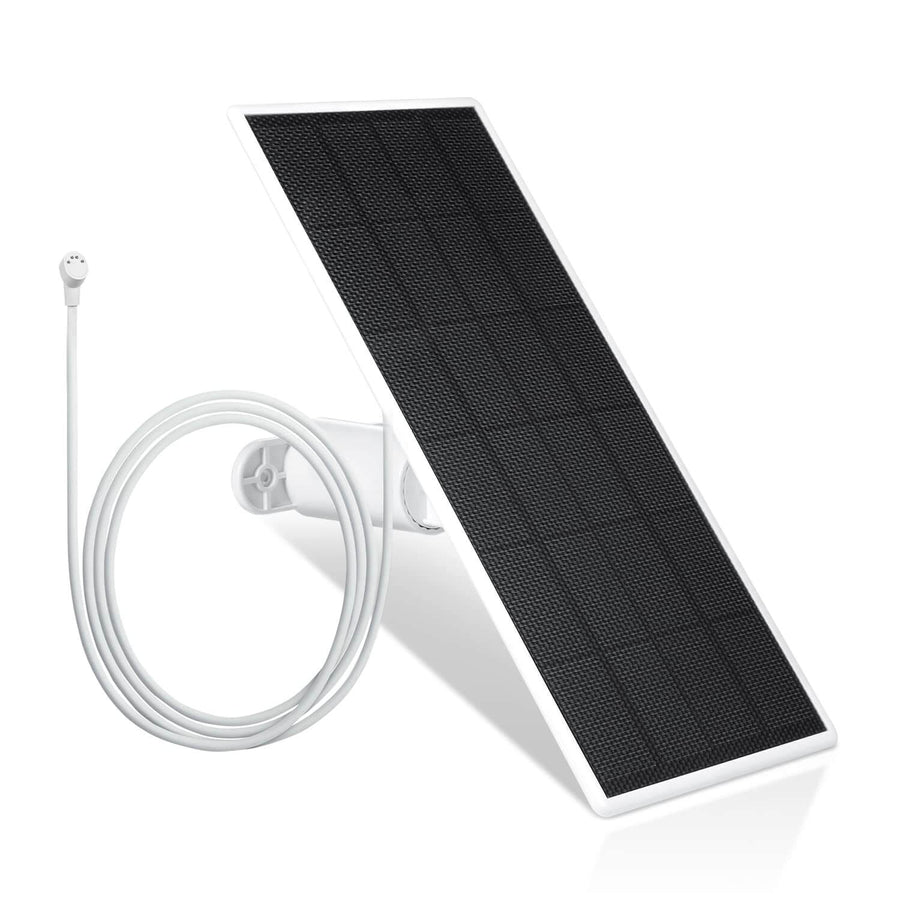
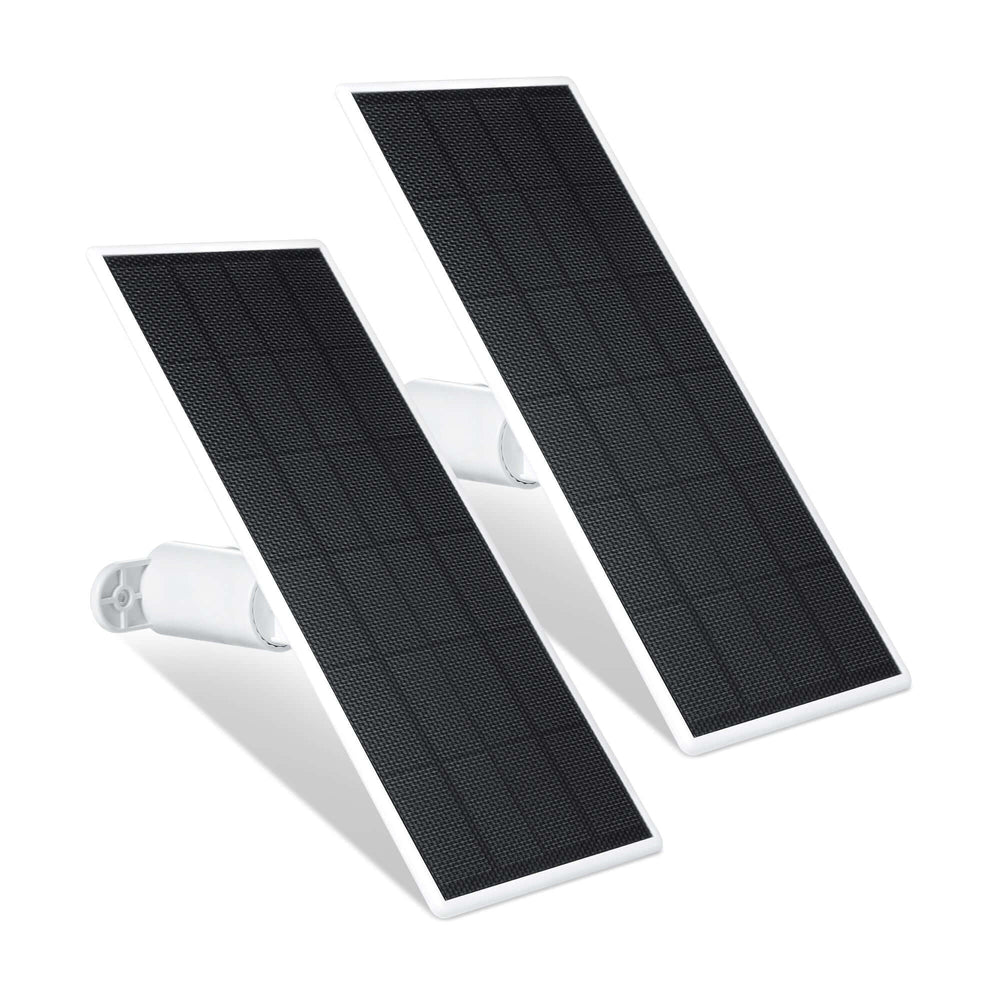

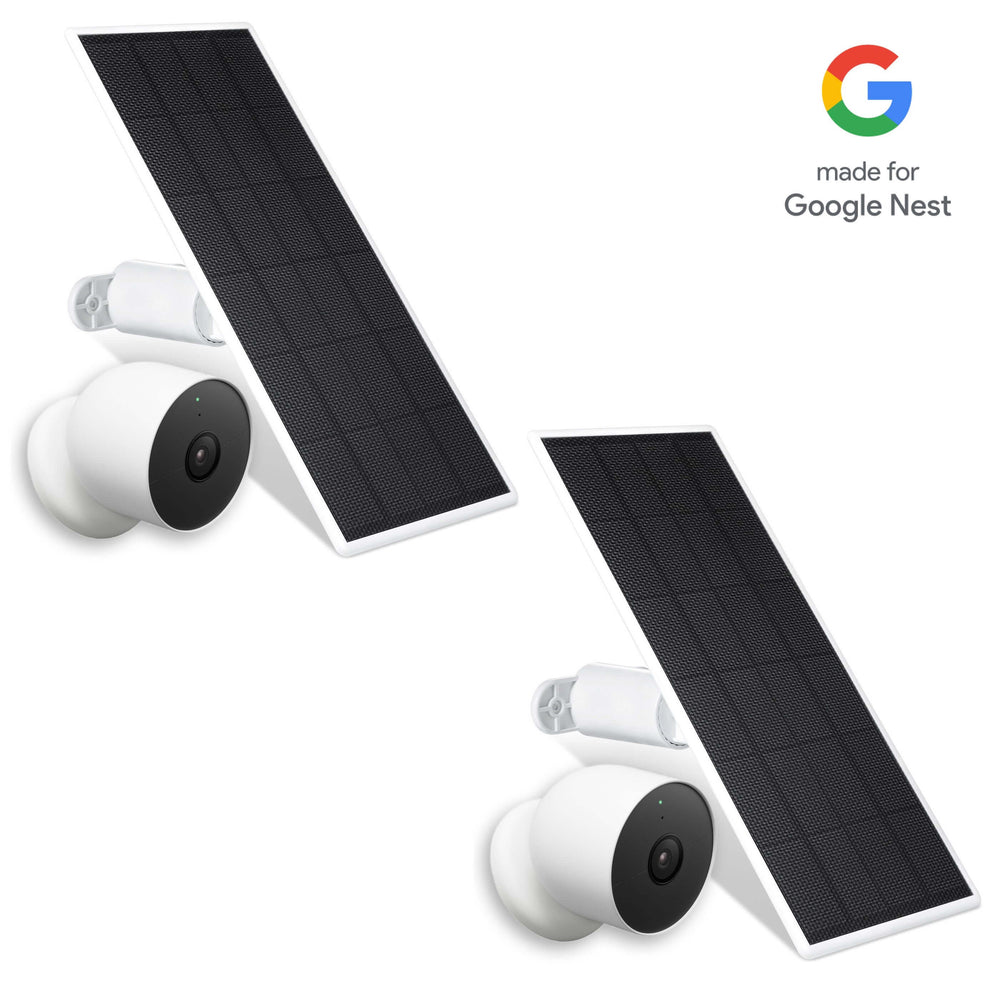
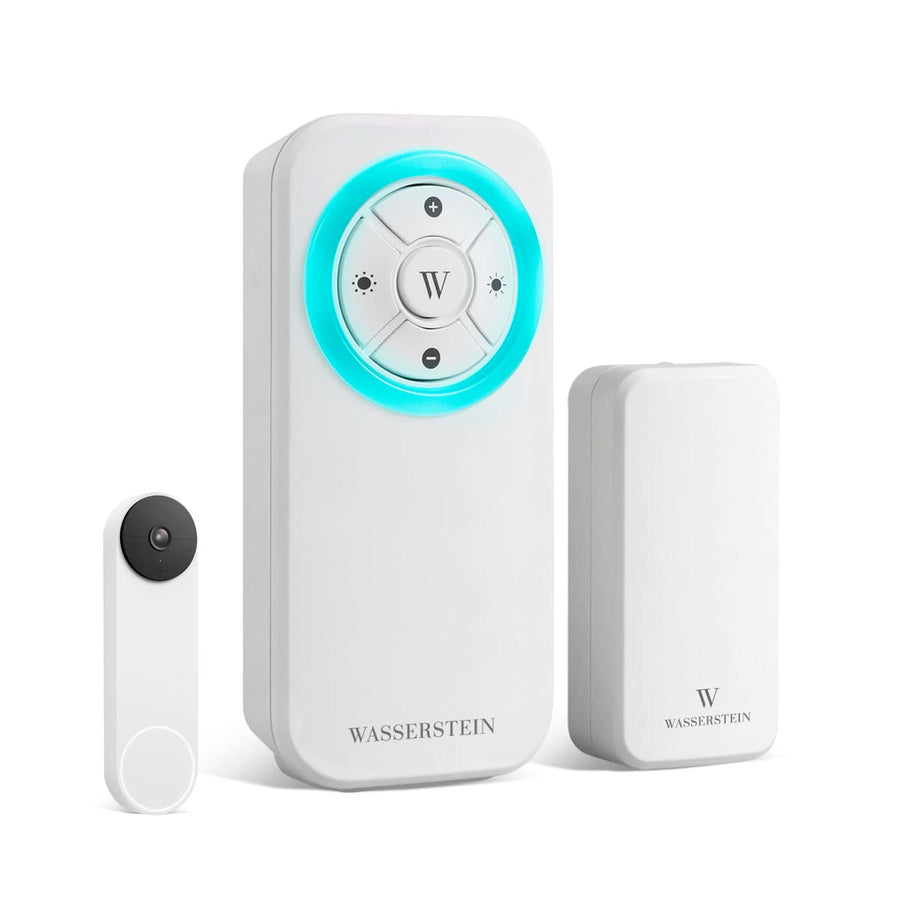
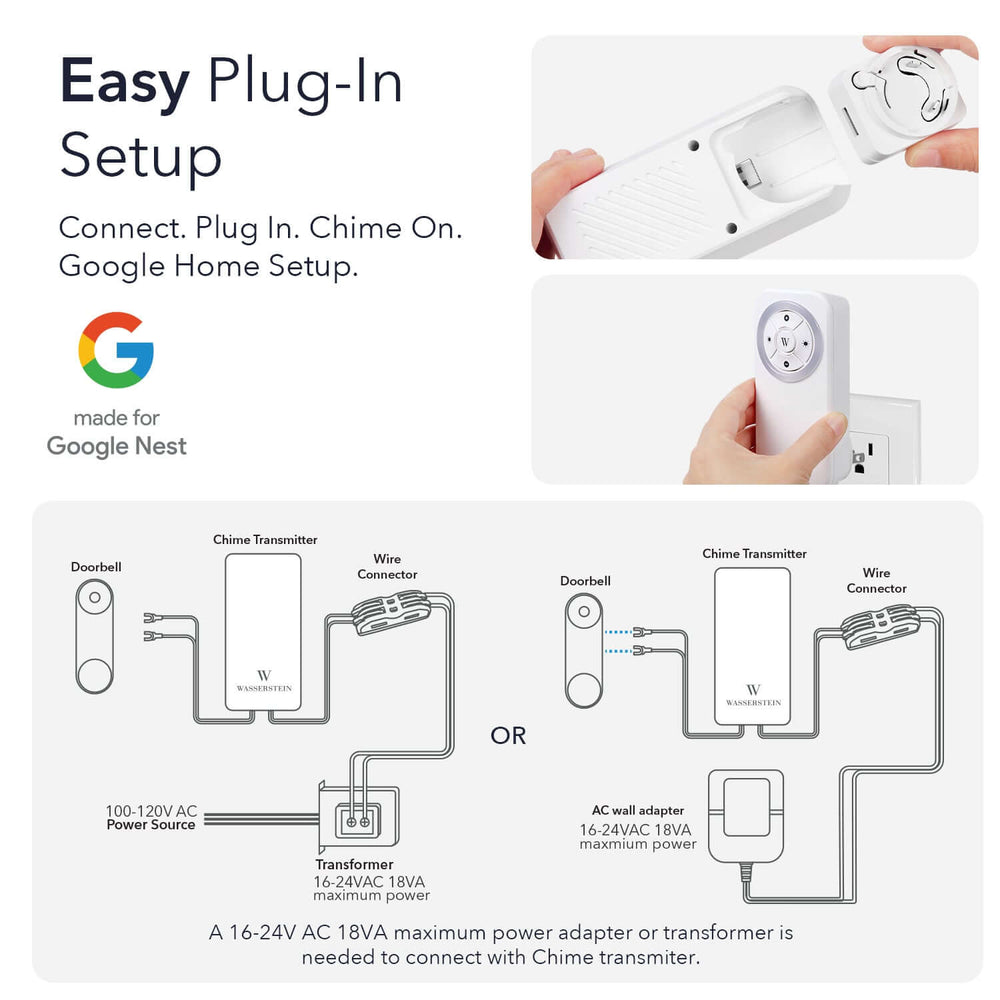
Leave a comment